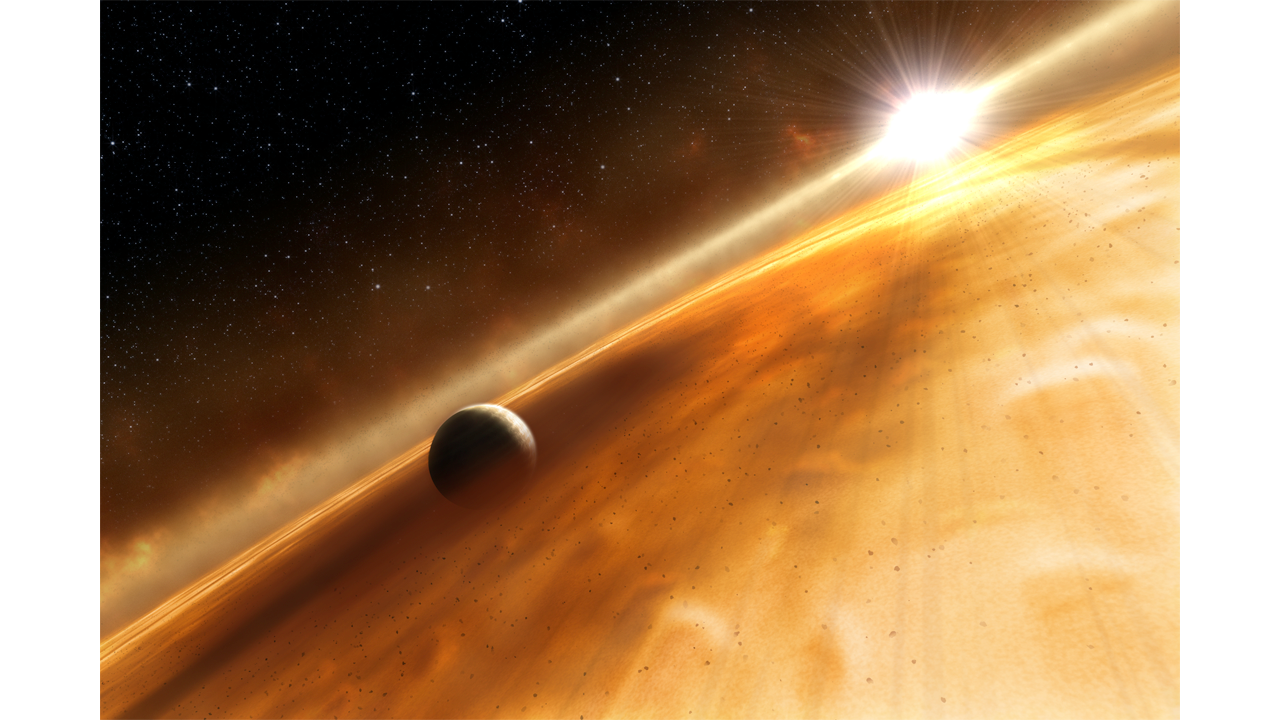Tilting Toward Habitability
Earth is literally inclined to be habitable. After running 93 simulations, NASA-funded researchers have gained a clearer understanding of the parameters that make the orbits of Earth-like planets suitable for land-based lifeforms to thrive.
The length of our planet’s day, the tilt of its axis, and other orbital parameters ensure that the seasons, sunlight, and temperatures across the surface vary within ranges that are amenable for life as we know it. A larger or smaller orbit, faster or slower spin, or significantly different tilt could make conditions more difficult for emerging life on land. Scientists are now looking at Earth’s orbital parameters to help narrow the search for habitable planets beyond our solar system.
The researchers have found that there’s more to habitability than orbiting within the “Goldilocks zone,” where the energy coming from a host star is intense enough to melt ice, but not so intense that it boils water away. For planets that rotate slowly, with days lasting more than 20 Earth days, habitability drops significantly because of the cooler land temperatures that can result from long stretches when a planet’s Sun isn’t overhead. For planets that turn more rapidly, the tilt of the planet on its axis becomes important for habitability.
The study was funded under a Habitable Worlds grant through the NASA Research Opportunities in Space and Earth Sciences program.
~James Riordon



























